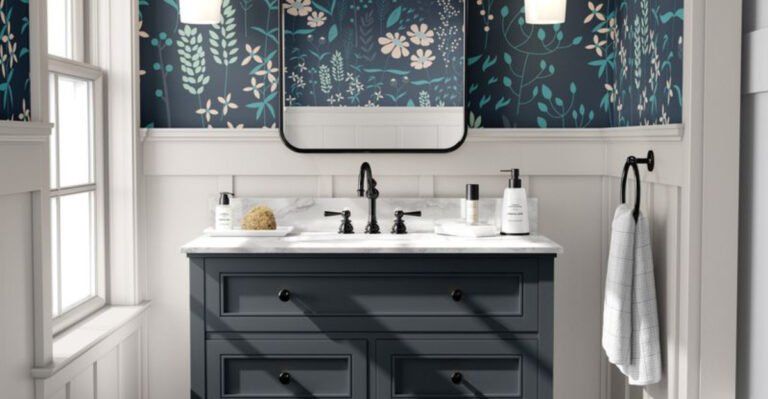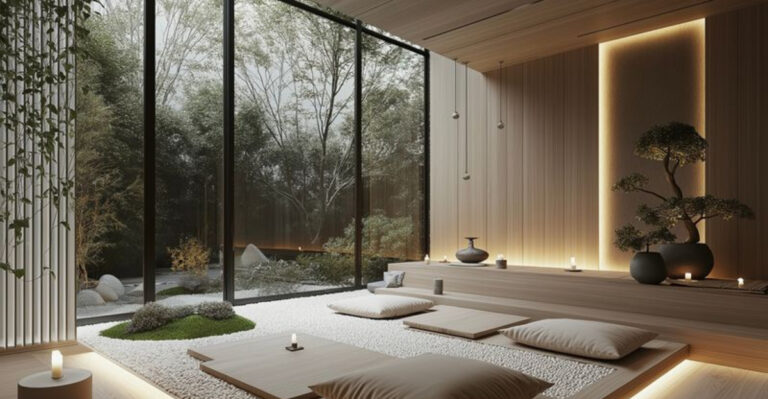18 Furniture Buying Mistakes Designers Say Will Ruin Your Dream Space
I’ve learned the hard way that buying furniture isn’t just about snagging something pretty on sale, it’s like choosing a new friend for your home. It has to vibe with the rest of your space, look amazing, and actually last.
More than once, I’ve rushed into a purchase only to realize that perfect showroom piece looked totally wrong in my living room.
Trust me, knowing what not to do before you swipe your card can save you a ton of money, regret, and that awful moment when your dream sofa becomes your biggest decorating mistake.
1. Skipping The Measuring Tape
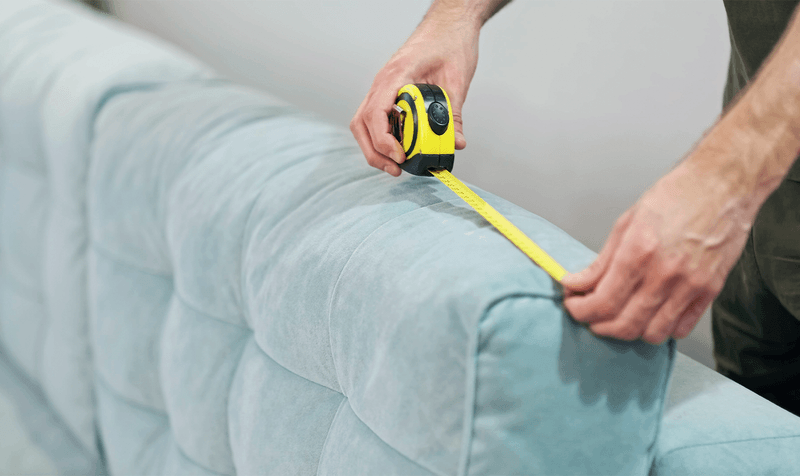
The cardinal sin of furniture shopping! Eyeballing dimensions might work for guessing jellybeans in a jar, but not for your new sectional. Too many shoppers bring home pieces that block doorways or overwhelm rooms.
Always measure your space, doorways, hallways, and staircases before purchase. Keep those measurements in your phone for quick reference while shopping.
Trust me, your future self will thank you when your new bookcase actually fits through the front door.
2. Forgetting About Function
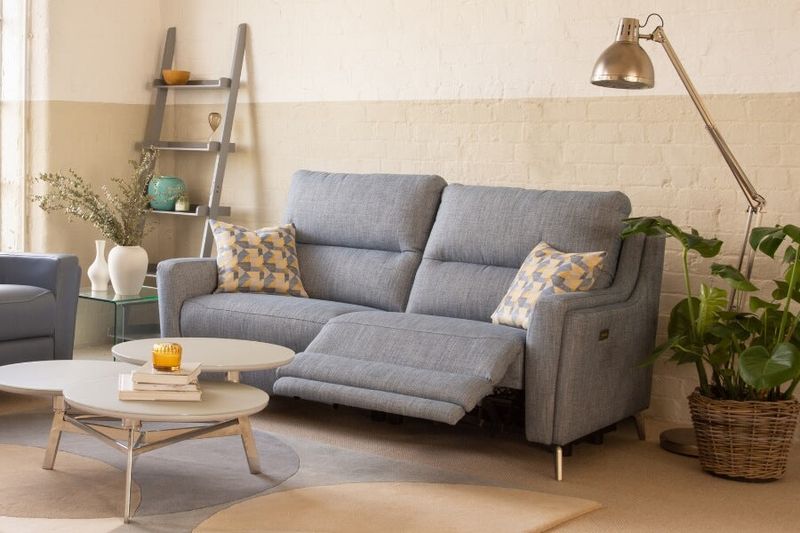
Pretty but painful! That gorgeous sculptural chair might look amazing on Instagram, but if sitting in it feels like perching on a cactus, what’s the point? Furniture must work for real humans, not just look good in photos.
Test before you invest. Sit, lie, lean, and lounge on furniture before buying. A sofa should welcome you after a long day, not punish your back. Remember: comfort trumps style when you’re actually living with furniture every day.
3. Buying Complete Sets
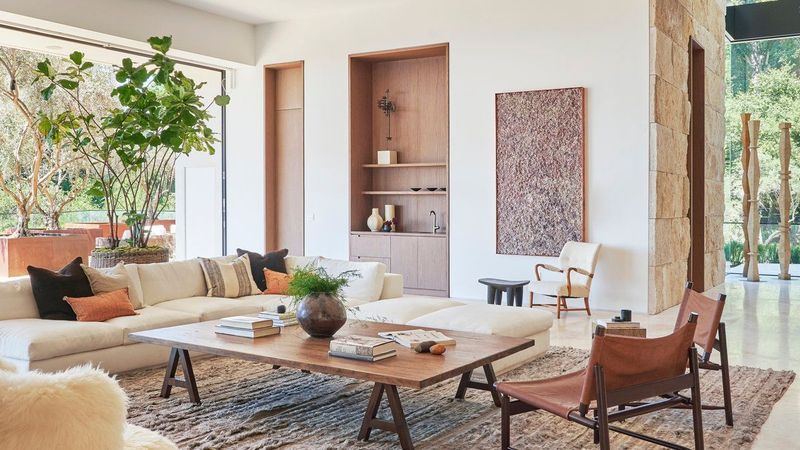
The matchy-matchy curse strikes again! Purchasing entire furniture sets straight from showroom floors creates rooms that look like furniture catalog clones. Your home deserves more personality than a chain hotel.
Mix and match pieces that complement each other instead. Combine different wood tones, styles, and textures for a collected-over-time vibe.
This approach creates spaces with character and depth that reflect your unique story. Plus, you can add pieces gradually as your budget allows.
4. Ignoring The Flow
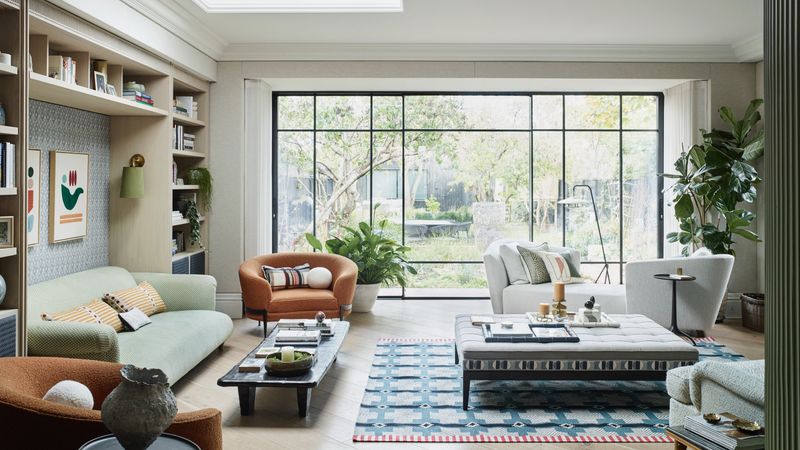
Furniture should dance with your space, not wrestle it to the ground! Many buyers focus on individual pieces without considering how people will move around them. The result? Obstacle courses masquerading as living rooms.
Plan pathways of at least 30 inches between furniture pieces. Draw a simple floor plan showing traffic patterns before shopping.
Consider how doors swing, where people enter rooms, and natural walking paths. Your shins will appreciate not bumping into that coffee table corner every night.
5. Falling For Trends
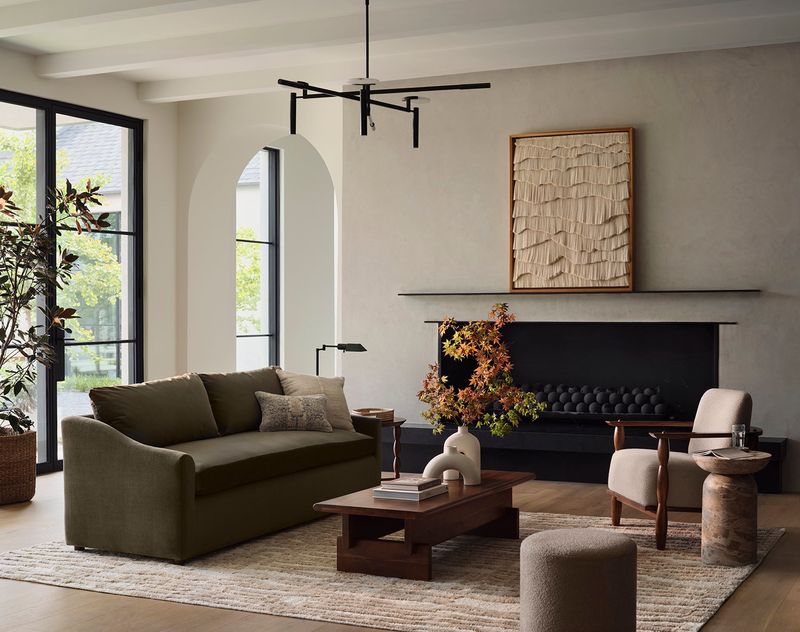
Remember when everyone had to have a chevron pattern somewhere in their home? How about those industrial pipe shelves? Trend-chasing leads to furniture regret faster than you can say “millennial pink accent wall.”
Invest in classic, timeless pieces for big-ticket items like sofas and beds. Save trendy choices for smaller, less expensive items that are easier to replace.
Ask yourself: “Will I still love this in five years?” If the answer is “probably not,” reconsider that ultra-trendy purchase.
6. Overlooking Material Quality
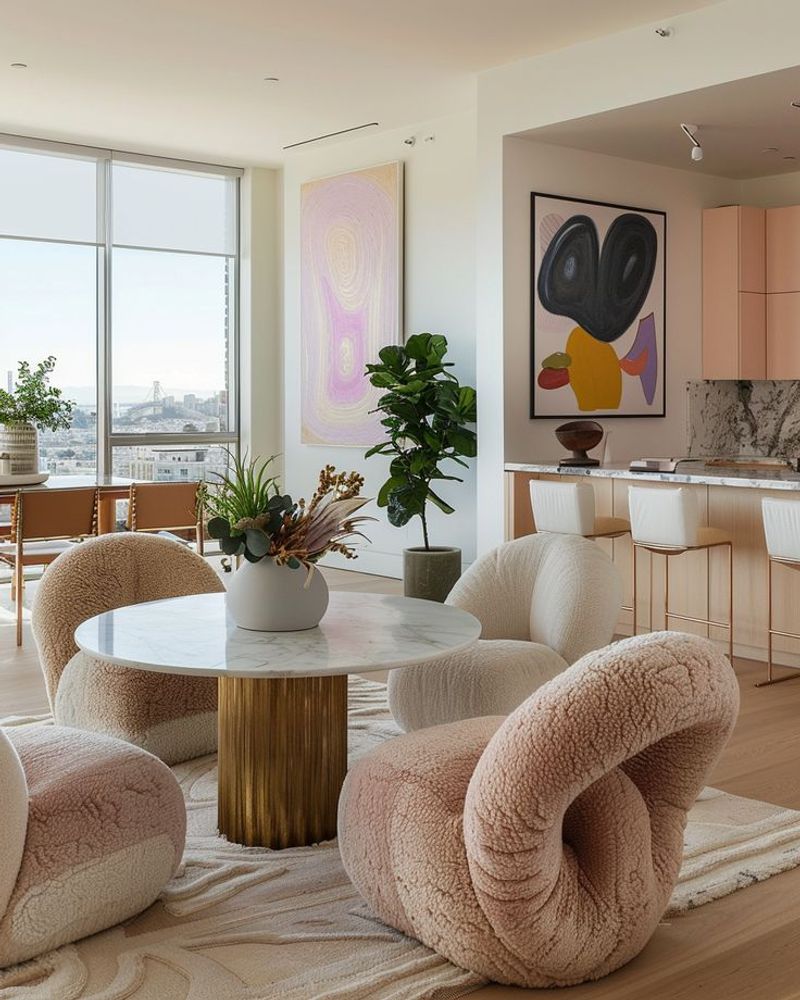
That bargain dresser might seem like a steal until the drawers fall apart after three months! Cheap materials masquerading as quality furniture are everywhere, tempting budget-conscious shoppers.
Learn to spot the difference between solid wood and veneer. Check how pieces are constructed—look for dovetail joints, screws instead of staples, and real wood backing.
Flip cushions to examine fabric quality and stitching. Quality materials might cost more upfront but save money and landfill space in the long run.
7. Shopping Without Samples

Color chameleons are real! That perfect green sofa in the showroom might look completely different under your home lighting. Many buyers forget that store lighting is designed to make everything look fantastic.
Always request fabric, wood, and paint samples to take home before committing. Test them in different lighting conditions—morning, afternoon, and evening.
Place samples next to existing furniture to check compatibility. This small step prevents big disappointments when your “navy” sofa arrives looking unmistakably purple.
8. Neglecting Scale Considerations
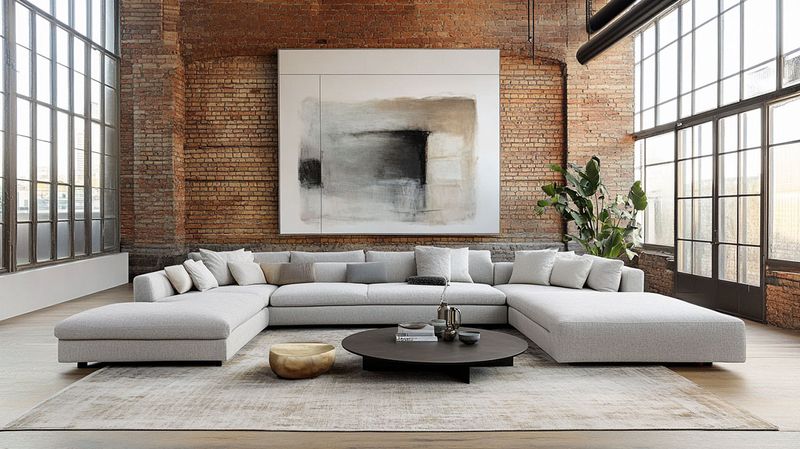
Size matters! A common blunder is choosing furniture that’s either Godzilla-huge or dollhouse-tiny for your space. That oversized sectional might look cozy in a warehouse showroom but will eat your apartment alive.
Use painter’s tape to outline furniture dimensions on your floor before buying. Consider ceiling height when selecting tall pieces.
Remember that furniture should be proportional to both the room and other pieces. A massive coffee table paired with a dainty loveseat creates visual confusion.
9. Buying Without Research

Impulse furniture shopping is like grocery shopping while hungry—dangerous to your wallet and satisfaction! Many buyers skip reading reviews or comparing options, then suffer buyer’s remorse.
Read online reviews from actual users, not just product descriptions. Ask friends about their experiences with brands you’re considering. Visit multiple stores to compare quality and prices.
Knowledge is power when furniture shopping! A few hours of research can prevent years of living with a disappointing purchase.
10. Forgetting Your Lifestyle
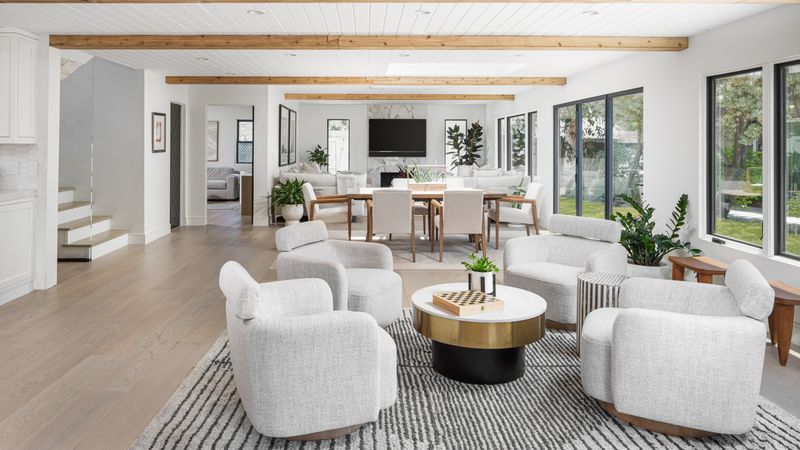
White sofas and sticky toddlers don’t mix! Buying furniture that doesn’t match your real life is a recipe for stress. Too many people choose pieces based on an idealized version of their lifestyle.
Be brutally honest about how you actually live. Have pets? Look for pet-friendly fabrics. Love to entertain? Ensure your dining table can expand.
Work from home? That cute-but-tiny desk won’t cut it for eight-hour workdays. Choose furniture that serves your actual life, not the one you aspire to on Pinterest.
11. Disregarding Delivery Logistics

Surprise! Your dream bed frame won’t fit up the staircase! Delivery nightmares happen when buyers forget to consider how furniture will actually enter their home.
Measure all doorways, hallways, stairwells, and elevators along the delivery path. Ask about furniture that comes disassembled versus pre-assembled.
Consider if you need white-glove delivery service for complex pieces. Some furniture simply won’t make it into upper-floor apartments or through narrow historic doorways.
12. Prioritizing Price Over Value
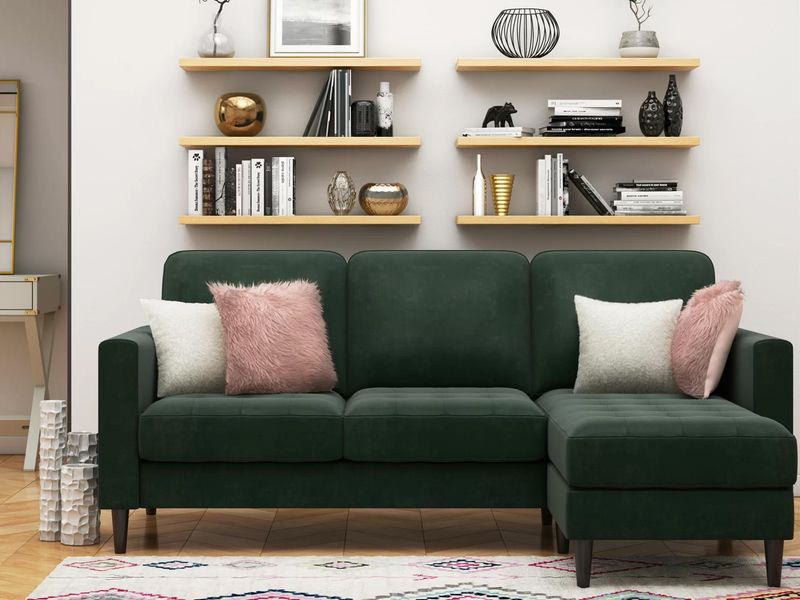
Penny-wise, pound-foolish! The cheapest option often becomes the most expensive when you factor in replacements. Many shoppers focus solely on the price tag, ignoring long-term value.
Calculate cost-per-use instead of just the upfront price. A quality sofa that lasts 15 years is cheaper over time than replacing a budget version every 3 years.
Invest strategically in pieces you use daily—beds, sofas, dining chairs—and save on occasional-use items like guest room furniture.
13. Rushing The Decision
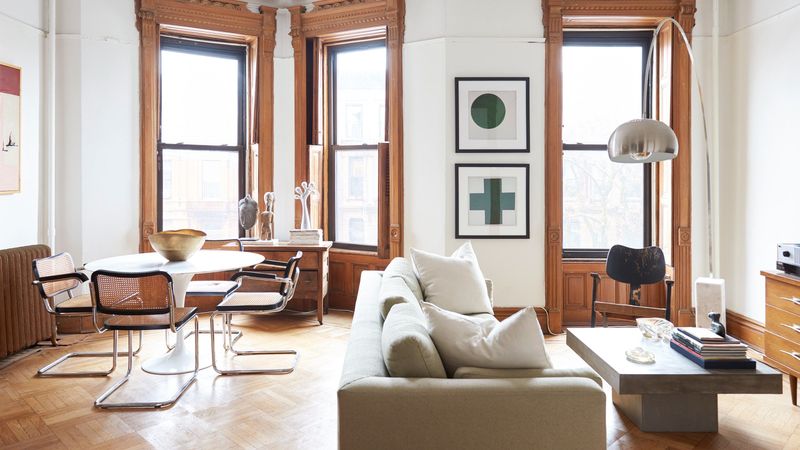
Furniture FOMO is real! Pressure from sales events or fear of missing out pushes many shoppers into hasty decisions they later regret. Good furniture choices require time and thought.
Sleep on major furniture decisions, especially for expensive pieces. Create a priority list of needs before shopping to stay focused.
Remember that most sales will come around again—the “last chance” rarely is. Taking an extra week to decide beats years of living with furniture you don’t love.
14. Forgetting About Maintenance

That marble coffee table looks stunning until you realize it stains easier than a white shirt at a spaghetti dinner! Many buyers overlook the practical upkeep requirements of their furniture choices.
Research maintenance needs before purchasing. Leather needs conditioning, wood requires specific cleaners, and some fabrics demand professional cleaning.
Be realistic about your willingness to perform regular maintenance. Low-maintenance alternatives exist for almost every high-maintenance material.
15. Ignoring Environmental Impact
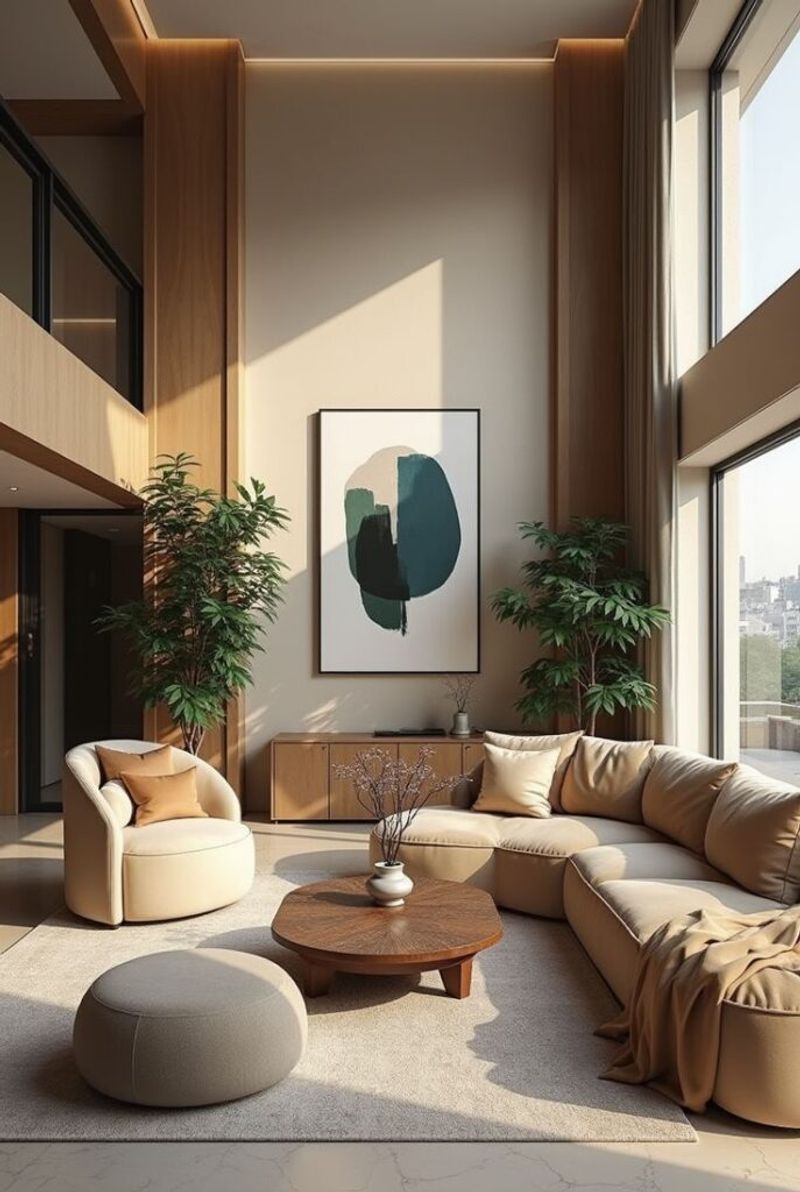
Fast furniture is the fast fashion of home decor—cheap, trendy, and destined for landfills. Many buyers don’t consider the environmental footprint of disposable furniture choices.
Look for sustainably sourced materials and responsible manufacturing practices. Consider buying vintage or secondhand for unique pieces with character and zero new resource use.
Choose quality items that won’t need replacing quickly. The planet (and your grandchildren) will thank you for furniture that lasts generations instead of months.
16. Forgetting Future Flexibility
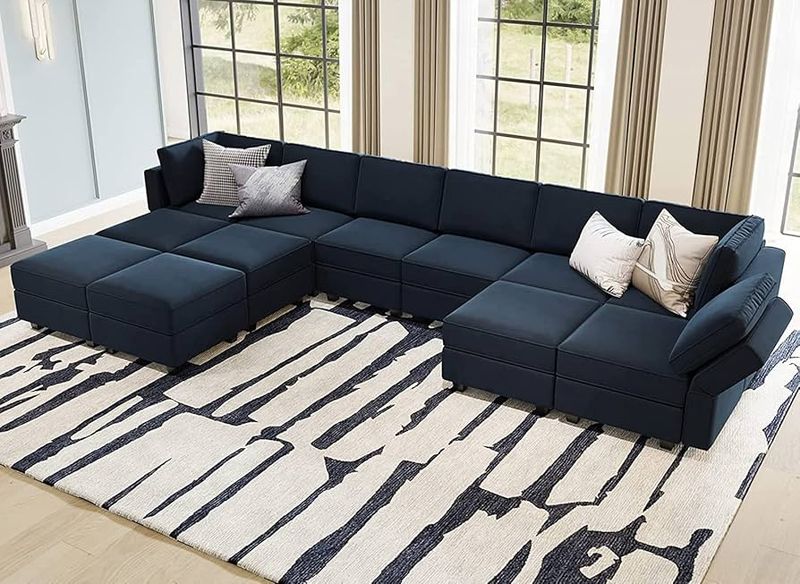
Life changes! That perfect apartment sofa becomes a problem when you move to a larger home. Many buyers focus only on current needs without considering future changes.
Choose adaptable pieces that can work in different settings. Sectionals that can be reconfigured, extendable dining tables, and modular storage systems offer flexibility as your life evolves.
Consider if furniture will still work if you move or your family expands. Modular designs might cost more initially but save money through multiple life changes.
17. Buying Without Testing Comfort

Online-only furniture shopping is convenient but risky! Pictures can’t tell you if a chair will support your back or if a sofa’s cushions will swallow you whole. Comfort is deeply personal and impossible to judge from photos.
Whenever possible, test furniture in person before buying. Sit in chairs for at least 5 minutes, lie on beds in your typical sleeping position, and ensure table heights work with your body. If buying online, check return policies carefully. Your body will spend thousands of hours on these pieces—make sure they feel right!
18. Overlooking Hidden Costs
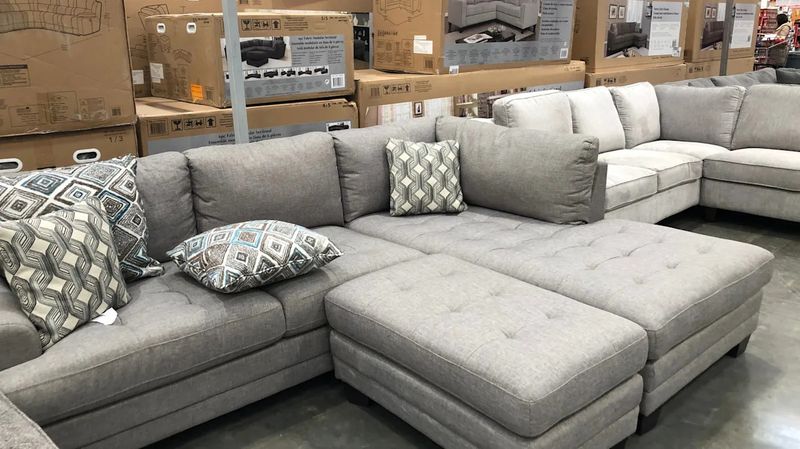
Sticker shock after purchase! Many buyers focus on the furniture price while forgetting about delivery, assembly, warranties, and maintenance costs. These “extras” can add hundreds to your total investment.
Ask about all associated costs upfront. Factor in delivery fees, assembly charges, protection plans, and special cleaning products needed.
Some retailers offer free delivery but charge for assembly, while others build all costs into the price. Complete cost transparency prevents budget surprises.




